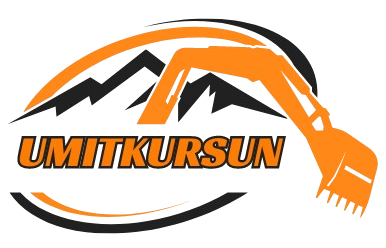A skills matrix is a valuable tool in the modern workplace, serving as a map of the capabilities, expertise, and competencies possessed by employees within an organization. It’s like a visual representation of the workforce’s skill set, showcasing the diversity and range of knowledge among team members. This tool enables businesses to identify the strengths of their Skills Matrix employees, pinpoint areas for development, and strategically allocate resources to meet organizational goals.
Imagine a grid where names of employees align with columns that categorize various skills—technical, soft, managerial, or even specific expertise like coding languages, project management, and client relations. The intersecting cells illustrate the level of proficiency each employee has in those skills. The beauty of the skills matrix lies in its simplicity. With one glance, managers and team leaders can determine who is best suited for a particular project or role, ensuring that the right people are placed in positions where they can thrive and contribute most effectively.
This tool is not only about identifying strengths; it also serves as a compass for professional development. By spotting gaps in skills, organizations can create targeted training programs that align with both individual aspirations and company objectives. For instance, an employee aspiring to move into a leadership role may need to enhance their public speaking or conflict resolution skills. The matrix highlights these areas, allowing the company to invest in appropriate training and mentorship opportunities.
Furthermore, a skills matrix is instrumental in workforce planning and succession management. In times of organizational change, having a clear picture of the team’s capabilities ensures a smooth transition. Whether expanding a department or preparing for the retirement of a senior member, the matrix helps in identifying employees who have the potential to step up, minimizing disruptions and ensuring continuity.
In essence, a skills matrix functions as a strategic asset. It not only maps out the current state of talent within an organization but also illuminates the path forward. By leveraging this tool, companies can build more resilient, capable, and agile teams, prepared to meet the challenges of the future while nurturing the growth and development of their people.
